Latest publications
Here you can find links to the most recent papers we published, the best way to keep yourself posted with what we’ve been doing lately! Click on the article title to get to the article page. If you are interested in some of the papers but can’t get to the full version, do not hesitate in contacting us.

Rethinking Urban Spaces to Improve Nutrition Security Through Urban Agriculture
Arianna Tolazzi, Nikolas Galli, Dirce Maria Lobo Marchioni, Maria Cristina Rulli, Earth’s Future
How can cities boost access to healthy and sustainable food by growing it within their own boundaries?
In this study, we explore how soil-based urban agriculture can help close the nutrition gap toward healthier diets.
By balancing land availability, crop yields, and water needs, we find that urban gardens could meet the dietary requirements of up to 13–21% of urban residents — highlighting the potential of growing food in cities.

Water-saving driven crop reallocation reduces irrigation energy demand in the mediterranean
Davide Danilo Chiarelli, Harsh Nanesha, Martina Sardo, Athanasios Ragkos, Maria Cristina Rulli, Global food security
How can we make agriculture in the Mediterranean more sustainable while saving both water and energy? To answer this question ,we explore how water-savings driven crop reallocation can significantly improve resource efficiency. The findings show that it can cut irrigation water by up to 80%, energy demand by 85%, and CO₂ emissions by 84%, all without reducing the current food production.
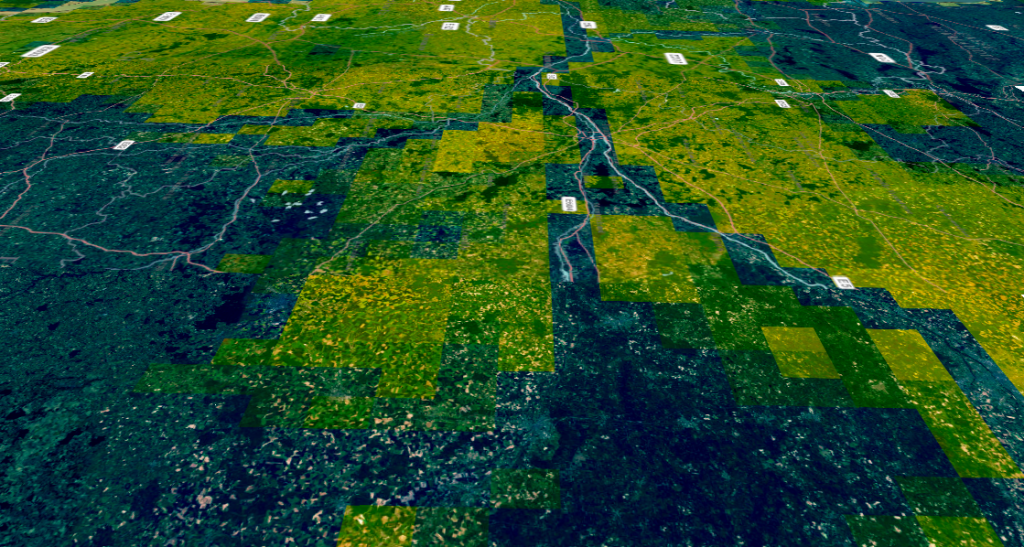
Meeting the EAT-Lancet ‘healthy’ diet target while protecting land and water resources
Maria Cristina Rulli, Martina Sardo, Livia Ricciardi, Camilla Govoni, Nikolas Galli, Davide Danilo Chiarelli, Adam M. Komarek, Paolo D’Odorico, Nature Sustainability
Can the EAT-Lancet diet sustainably feed the world? We explored how the EAT-Lancet diet could sustainably feed the global population, while also protecting essential resources like land and water.
By optimizing crop allocation and adjusting trade flows, we found that irrigation water use could drop by 78% and cultivated land by up to 40%, all while supporting a global shift towards a healthier diet.
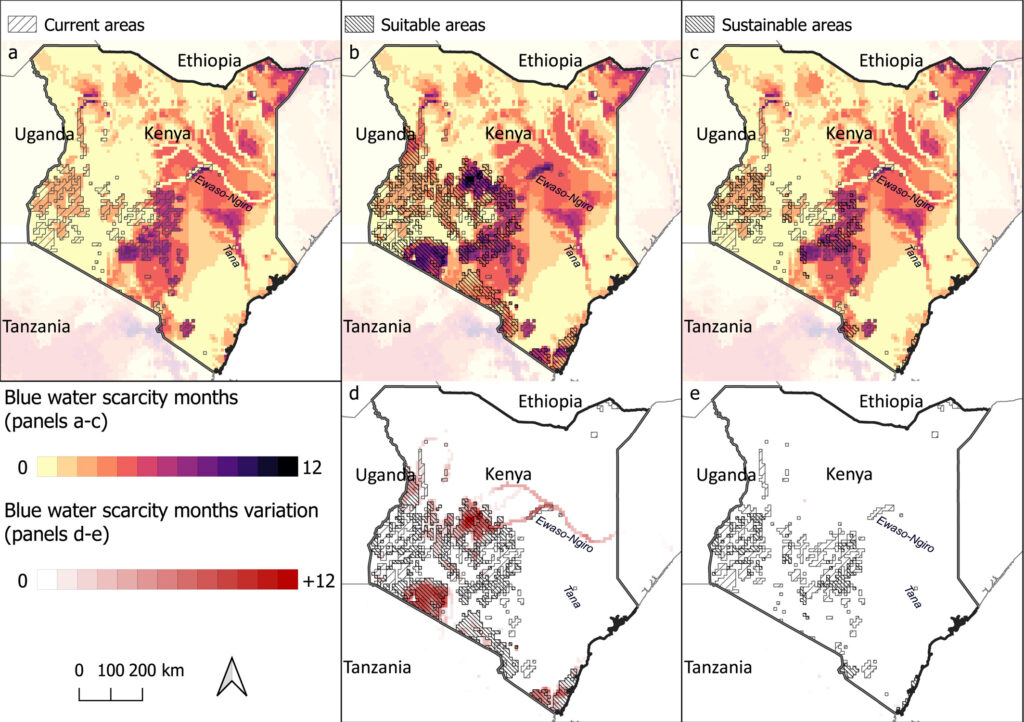
A Blue Water Scarcity-Based Method for Hydrologically Sustainable Agricultural Expansion Design
Nikolas Galli, Davide Danilo Chiarelli, Livia Ricciardi, Maria Cristina Rulli, Water Resources Research
How can we prevent waterscarcity not only from happening, but also from propagating downstream? We have found a way to do it, by rewinding the propagation chain of water scarcity. In this study, we simulate water scarcity before and after agricultural expansion, and gradually reduce the expansion to find the areas where it can be hydrologically sustainable.
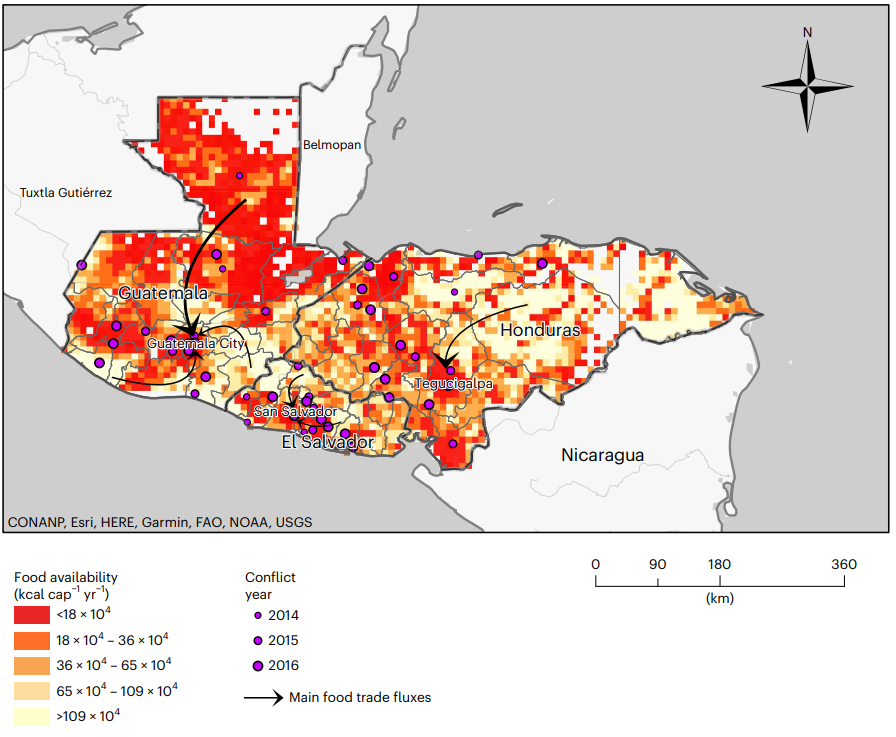
Exploring the water–food nexus reveals the interlinkages with urban human conflicts in Central America
Martina Sardo, Ilenia Epifani, Paolo D’Odorico, Nikolas Galli, Maria Cristina Rulli, Nature Water
Extreme water events have been shown to affect human security in many ways. For the first time, in our study we explicitly consider food security as a central mechanism in the chain linking drought-induced water shortage and conflict. We also analyze how the internal food trade can influence the level of food security from food-producing areas to food-consuming areas, such as cities.
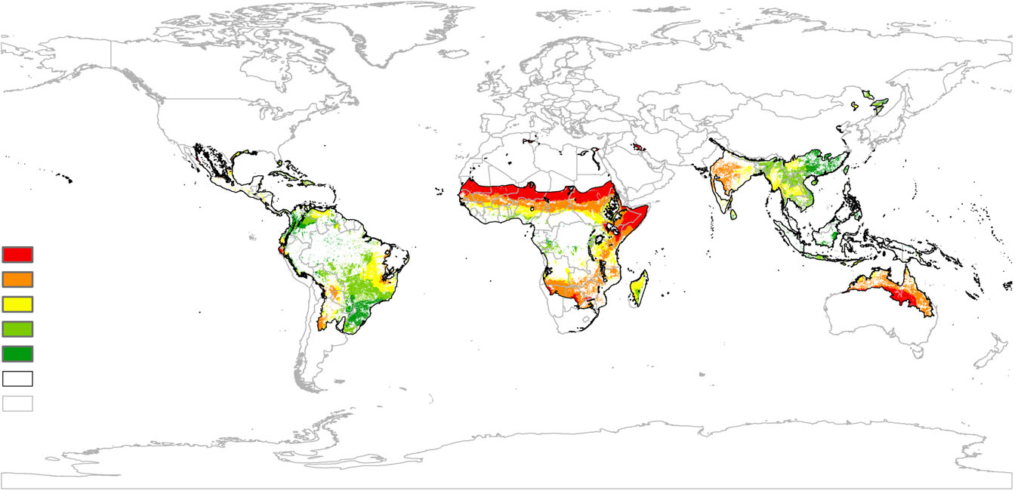
Hydrological implications of large-scale afforestation in tropical biomes for climate change mitigation
Livia Ricciardi, Paolo D’Odorico, Nikolas Galli, Davide Danilo Chiarelli, Maria Cristina Rulli, Philosophical Transactions of the Royal Society B
Rising interest in large-scale afforestation for climate change mitigation has motivated research efforts aiming at the identification of suitable areas for planting trees. An often-overlooked aspect of agroforestry projects is their impact on water resources. We find that planting trees will substantially increase water scarcity and possible dispossession (green water grab) especially in dryland regions.
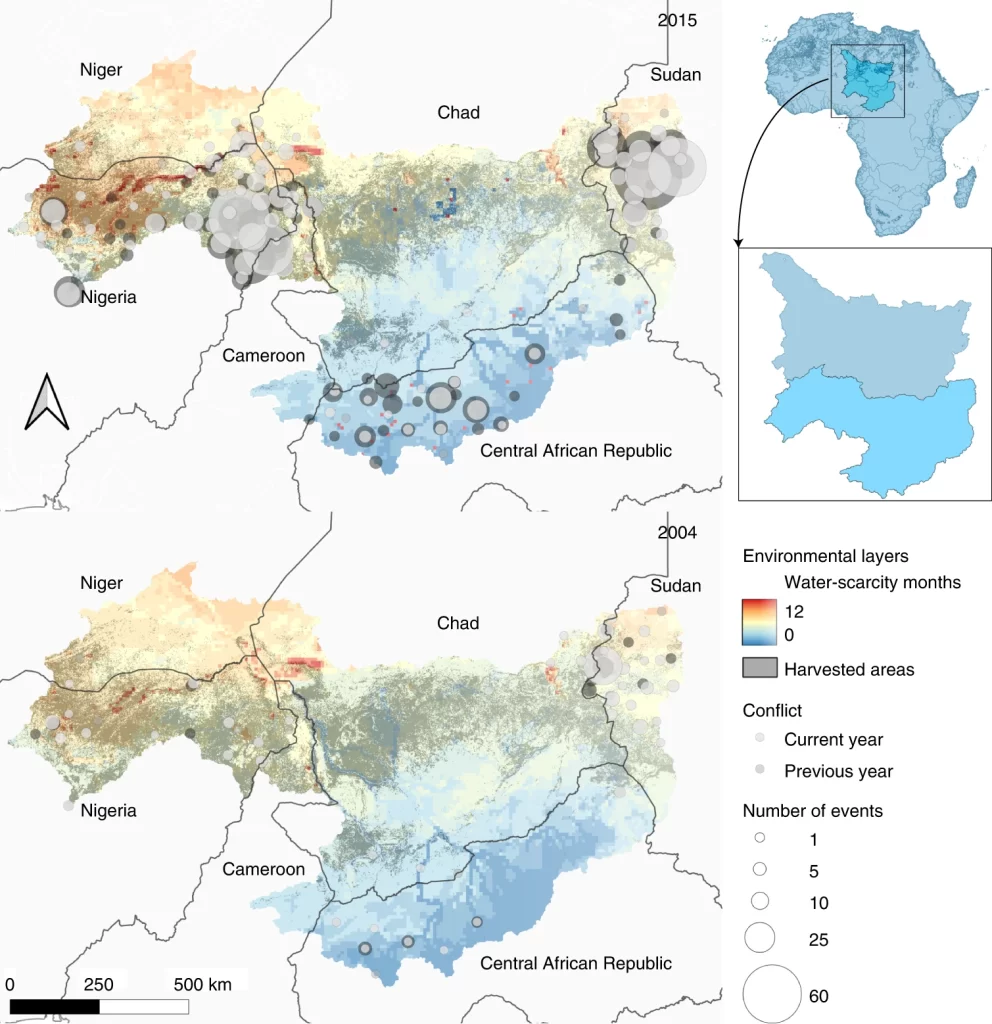
Socio-hydrological features of armed conflicts in the Lake Chad Basin
Nikolas Galli, Jampel Dell’Angelo, Ilenia Epifani, Davide Danilo Chiarelli, Maria Cristina Rulli, Nature Sustainability
Popular conceptions of ‘water wars’ can lead to fears that water scarcity and water demand invariably lead to conflict over water resources. We examine a range of biophysical factors interconnecting with the socio-political context of the Lake Chad region of Africa and find that water does not lead directly to armed conflict but that it can increase complex tensions to prolong or escalate violence.

Competition for water induced by transnational land acquisitions for agriculture
Davide Danilo Chiarelli, Paolo D’Odorico, Marc F. Müller, Nathaniel D. Mueller, Kyle Frankel Davis, Jampel Dell’Angelo, Gopal Penny, Maria Cristina Rulli, Nature Communications
The transition from smallholder farming to large-scale commercial agriculture promoted by transnational large-scale land acquisitions (LSLAs) often aims to increase crop yields through the expansion of irrigation. While blue water scarcity existed prior to land acquisitions, these deals exacerbate blue water scarcity through water-intensive crops and more irrigated cultivation. Combined with our findings that investors target land with preferential access to surface and groundwater resources to support irrigation, this suggests that LSLAs often appropriate water resources to the detriment of local users.
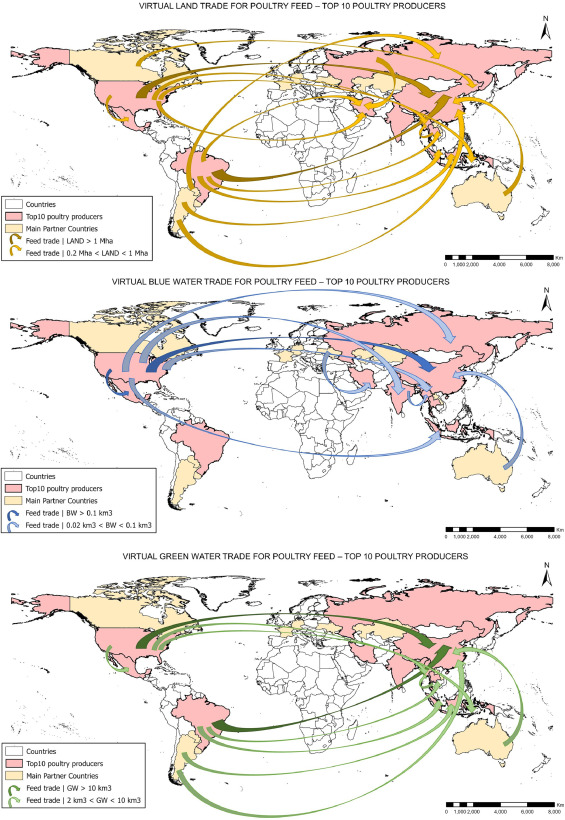
Global assessment of natural resources for chicken production
Camilla Govoni, Davide Danilo Chiarelli, Alice Luciano, Matteo Ottoboni, Simge Nur Perpelek, Luciano Pinotti, Maria Cristina Rulli, Advances in Water Resources
Meat consumption is expected to grow in the next future and the poultry sector will have the highest increase. We evaluate the global demand for poultry feed and the domestic availability in the top 10 producing countries, as well as the rest of the world, and we assess the natural resources needed for the production of this feed. In 2016, to support the poultry feed production, 49 million hectares of cereal fields and 64 million hectares of oilseeds fields were required and at least 52 km3 of blue water consumed.
